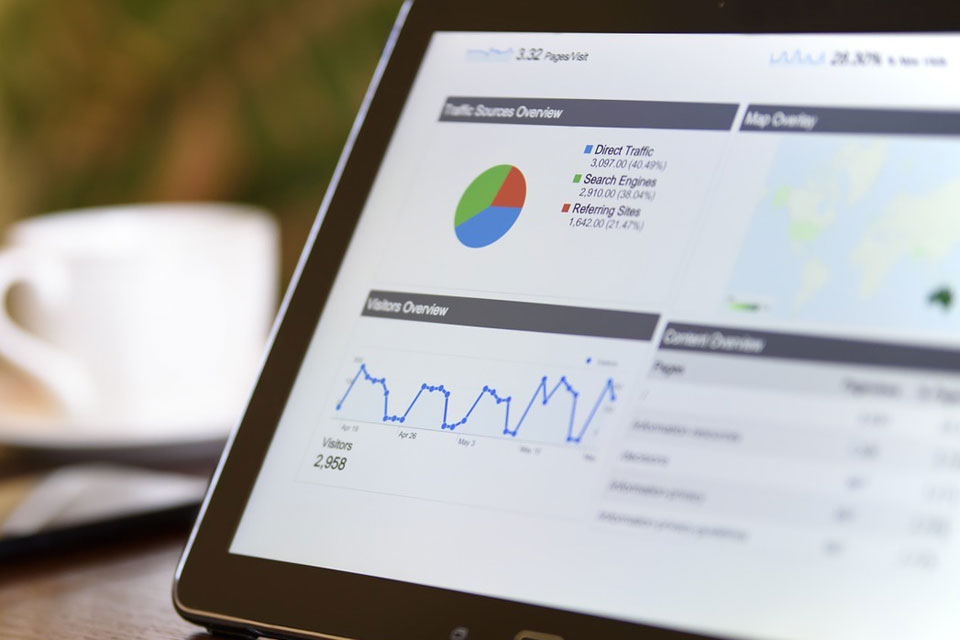The latest IPA Bellwether Report asserts that ad and marketing spend will rebound in 2021, following budgets being slashed to their lowest levels in twenty years due to the impact of the coronavirus.
The net balance of firms that cut marketing budgets fell to -50.7% in Q2, down from -6.1% in Q1, with almost 64% of panel members having registered a decrease in spending compared to the first quarter, while only 13% posted an increase. These figures supersede the Report’s previous nadir of -41.7% evidenced in Q4 2008, following the global financial crisis.
The report says anecdotal evidence suggests that many businesses were focused on cutting costs amid the severe declines in revenue caused by the pandemic. Although firms utilised the UK government’s furlough scheme to ease the burden of staff costs, other reductions were required in order for many businesses to survive. Service sector companies faced particularly challenging circumstances, with little-to-no access to their clients amid enforced closures.
With coronavirus restrictions prohibiting anything other than small gatherings, funding for events marketing saw the sharpest reduction in the second quarter. A net balance of -76.6% of panellists registered a decline in events budgets, with more than 80% reporting a decrease. Just 3.6% posted a rise.
Main media advertising, crucial for brand exposure, also reported a steep decline in Q2. In fact, the reduction in budgets was the most severe since the survey’s inception, with a net balance of -51.1% of marketing executives seeing a decline in available spend. Underlying data within this main media category suggested the worst performing sub-category was out of home advertising (-61.2%). This was followed by audio (-50.0%), published brands (-49.2%), video (-39.3%) and other online (-35.1%).
Across each of the seven broad marketing types, direct marketing and public relations saw the joint-softest budget cuts in the second quarter, although with net balances of -41.6%, the downturns were still severe overall. Meanwhile, market research (-42.2%), sales promotions (-51.2%) and other marketing expenditure (-59.2%) each saw historic reductions for their respective categories.
Bellwether panellists remained pessimistic towards financial prospects in the second quarter of 2020, casting more downbeat assessments on both own-company and industry-wide finances.
Sentiment on own-company prospects plunged far deeper into negative territory compared to the first quarter, when the severity of the COVID-19 pandemic was only just beginning to become apparent. In the second quarter, precisely two-thirds of survey participants reported a pessimistic outlook for finances against 11.5% that expected an improvement, taking the net balance to -55.1%. The result represented the most severe degree of negativity since the fourth quarter of 2008 when the net balance measured -57.7%.
Reporting on industry-wide prospects, firms were also more pessimistic in the second quarter. In the latest survey period, 72.4% of businesses were pessimistic on financial prospects compared to just 6.4% that were optimistic. As a result, a net balance of exactly -66% of firms were downbeat, eclipsing the recent low of -42.0% registered in Q1. The latest reading pointed to the most negative outlook since the final months of 2008, at the nadir of the global financial crisis, when the net balance stood lower at -71.1%.
Following the global coronavirus outbreak and resulting lockdown measures, Bellwether author IHS Markit anticipates steep contractions in several key economic indicators during 2020. With many businesses temporarily closed throughout the majority of the second quarter, IHS Markit is expecting a -11.9% decline in GDP for the year as a whole. This forecast assumes that the gradual easing of UK lockdown measures continues over the coming months, allowing an increasing number of businesses to fully reopen and begin to claw back some of the lost revenue from the months of March, April and May.
Given the current economic climate, the Bellwether model points to a -11.3% reduction in adspend during 2020. However, this figure is heavily dependent on most sectors in the UK economy remaining open for the rest of the year, with a second wave of coronavirus infections a significant downside risk.
Looking forward, IHS Markit anticipates a robust recovery in macroeconomic conditions during 2021 as businesses move closer to operating at full capacity. This would translate into a predicted +4.9% expansion in GDP and implied adspend growth of +6.0%. Beyond that, it expects the economy to achieve above-average growth during a further recovery phase, before stabilising near long-run rates in 2024 and 2025.
Paul Bainsfair, IPA Director General, said: “As we suspected, these Q2 Bellwether figures reveal the very grave impact of COVID-19 on UK companies’ marketing budgets, financial prospects and employment plans. Understandably companies in the most severely disrupted sectors have had few options but to preserve cash and operations to survive until trading conditions are more benign. We can only hope that the range of Government aid – from VAT cuts to the Eat Out scheme, in addition to the furlough scheme and more, can help to facilitate this.
“While the future trajectory of the economy is unpredictable, however, that of brands starved of marketing investment is much clearer. Our evidence from previous recessions and periods of buoyancy consistently shows that cutting marketing investment weakens brands in the near-term and limits growth and profitability in the long-term.”










